
Dear readers,
is sailing carcinogenic? Last week, the environmental protection organisation Greenpeace drew attention to the fact that the so-called perpetuating chemical PFAS was detected in sea foam on North Sea and Baltic Sea beaches for the first time. The discovery made the headlines. Readers were given the impression that a new danger had been identified. Are beach visitors and water sports enthusiasts in contact with seawater facing a health risk that was not yet known?
The abbreviation PFAS stands for per- and polyfluorinated alkyl substances. One of them is known under the trade name Teflon. Valued for their grease, dirt and water-repellent properties, PFAS have been used since the 1950s. For example, to protect textiles from dirt and moisture, cookware from sticky food and glasses from fogging. Even dental floss and cosmetics contain the substances, as do waxes and lubricants and, last but not least, some boat polishes.
In contrast to many other chemicals, PFAS are extremely stable and most are barely biodegradable. It has been known for many years that they are increasingly accumulating in the environment, in humans and animals. They get there in a wide variety of ways. About forty of the approximately 10,000 known PFAS can be identified using chemical detection methods. Humans mainly ingest them through food. Less is known about the damage this can cause to health.
There have been scientific studies on this question for a long time. However, the results read as vaguely as the package leaflet for a medicine: certain PFAS could damage the liver, the hormone and immune system and disrupt fat metabolism, for example, lead to cardiovascular diseases, worsen the effect of vaccinations, result in a lower birth weight, reduce fertility or cause cancer.
The fact that the substances can be detected in the environment is nothing new. Five years ago, a Publication of the Federal Environment Agency "These substances (...) are transported around the world via air and water. We even find them in polar bears and penguins that live far away from our human civilisation."
The fact that PFAS can also be found in seafoam was therefore to be expected when Greenpeace took and analysed seafoam in Sankt Peter Ording, Sylt and Norderney and in Boltenhagen and Kühlungsborn in November 2024 (North Sea samples) and January 2025 (Baltic Sea samples). This categorisation of the study, which was presented to the entire media landscape last week, was mostly missing.
However, the environmental activists have hit a nerve with their campaign. The beaches on the North Sea and Baltic Sea are symbolic for many people. They stand for unspoilt nature, and the news disturbs this image. Anyone not familiar with the topic could read: "Contaminated sea foam makes the beach a risk area!" - And water sports enthusiasts will ask themselves whether contact with seawater, or even sea spray on the face, is carcinogenic.
It is to be welcomed that Greenpeace is helping to raise awareness of the potential health risks posed by PFAS in the environment by publishing the results of the study. However, it would be wrong to give the impression that politicians have been sleeping through the issue so far. According to the Federal Ministry of Health it is already being dealt with at European level.
And an acute increase in the danger posed by the chemicals compared to previous summers, as the headlines last week suggested, is fortunately not to be expected for water sports enthusiasts and beach visitors next season.
Lasse Johannsen
Deputy Editor-in-Chief YACHT
Click on it to see through:
The week in pictures






Recommended reading from the editorial team

Vendée Globe
The race in the live tracker
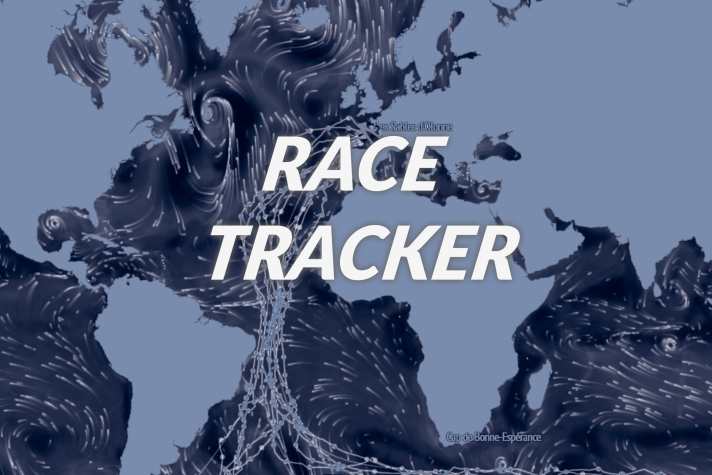
The live tracker of the Vendée Globe 2024/25: This tracking shows the race of the tenth edition of the round-the-world regatta!
Delos Explorer 53
YouTuber builds go-anywhere cat made of aluminium with hybrid drive

After 85,000 nautical miles of blue water cruising, YouTubers Brian and Karin Trautman are developing their new boat based on their wealth of experience.
Royal Huisman
"Sky", the highest slup in the world
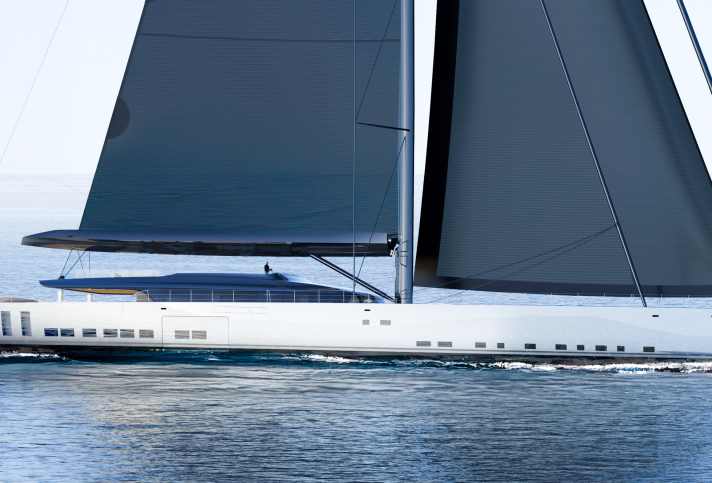
The 81-metre-long Slup "Sky" is being built from aluminium at Royal Huisman in the Netherlands and will have the highest mast in the world.
Technology
Compact power station for small boats

Jackery is expanding its portfolio with the Explore 500 V2, a compact power station for mobile use on boats. With a capacity of 512 watt hours, various connections and a weight of 5.7 kilograms, it offers a practical power supply for water sports enthusiasts.
Tried out
Marine binoculars Silva Eterna Navigator 3, powerful optics at a favourable price
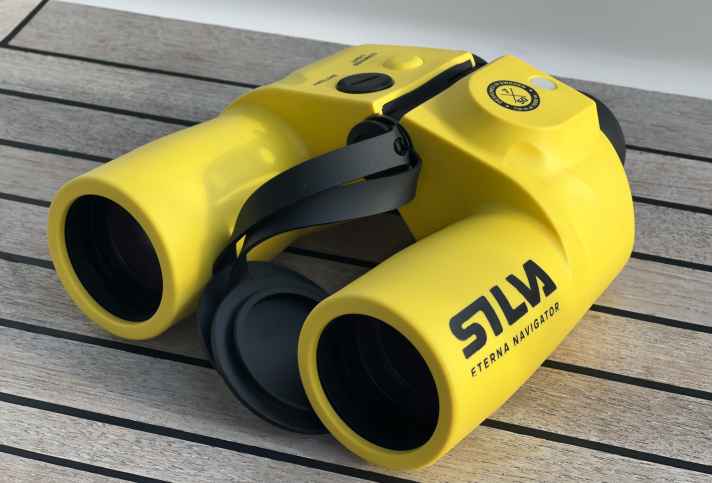
The Silva Eterna Navigator 7x50 is positioned in the mid-price segment of marine binoculars and impresses with its good optical performance. However, practical use also reveals weaknesses.
Sun Odyssey 455
New design for a proven concept
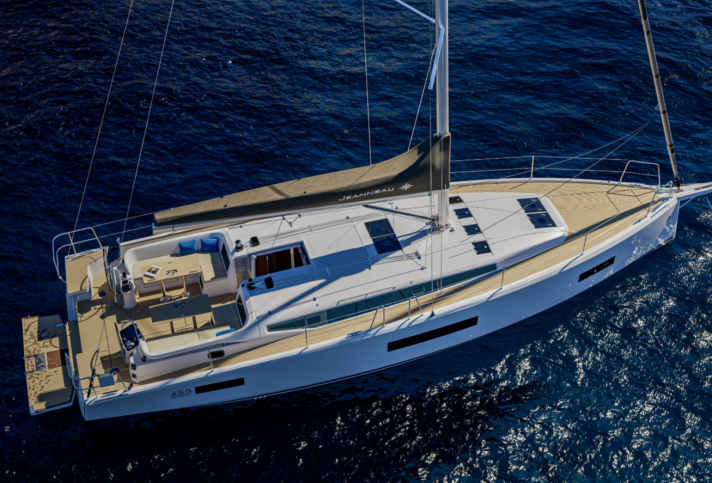
No break in the Jeanneau development department. The new model in the Sun Odyssey touring range, the new 455, is now being presented with many exciting new features.
"Simena"
62-metre ketch seeks owner
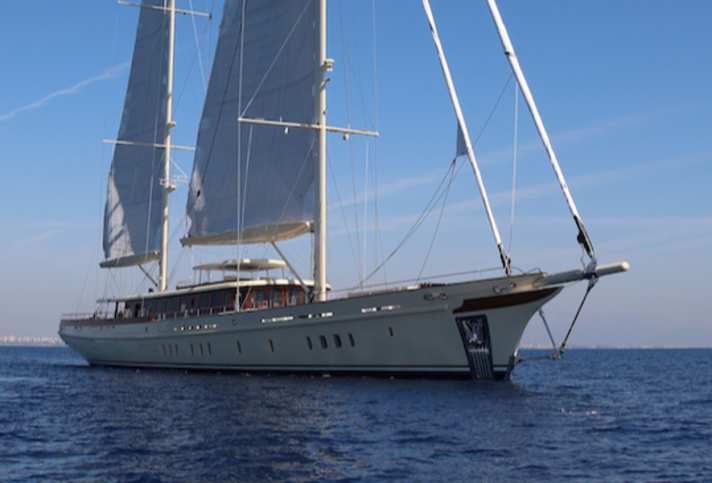
The steel/aluminium ketch "Simena" from Ares Yachts has completed her first sea trials and is waiting for an owner! He should have 45.9 million euros to spare.
Blue water
86 yachts set off on a transatlantic adventure with the ARC+
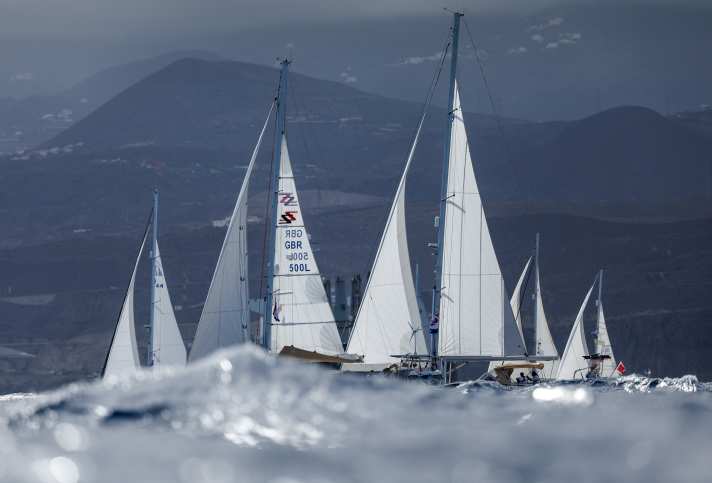
Canary Islands-Cape Verde-Caribbean: The 13th ARC+ started yesterday. The best pictures of the spectacle and all the information about the start of the dream of many blue water sailors.
Online charter
"Blinded by the favourable price"
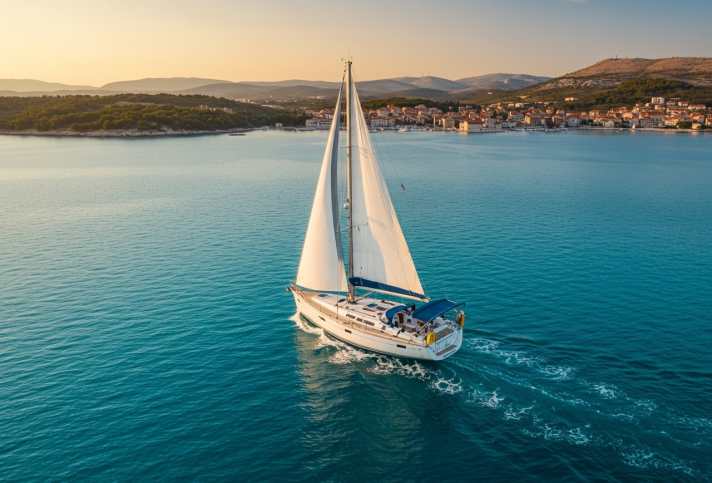
The Slovakian online charter agency Boataround lures sailors into early booking with high discounts. Some then had to fear for their ship and their money.
"La Liberté"
Greta Garbo sailed on this luxury archipelago cruiser

The crew of "La Liberté" once included artists, diplomats and a real prince. Today, the skerry cruiser is at home on Wannsee and is a celebrity in its own right
YACHT photo competition 2025
The 30 best reader photos of the year
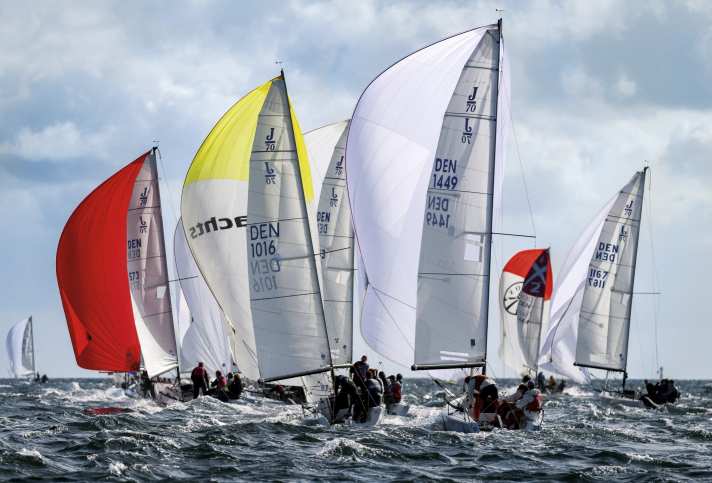
For dreaming, raving and marvelling: We present the 30 best images submitted by our readers for the YACHT Photo Competition 2025.
Newsletter: YACHT-Woche
Der Yacht Newsletter fasst die wichtigsten Themen der Woche zusammen, alle Top-Themen kompakt und direkt in deiner Mail-Box. Einfach anmelden:
